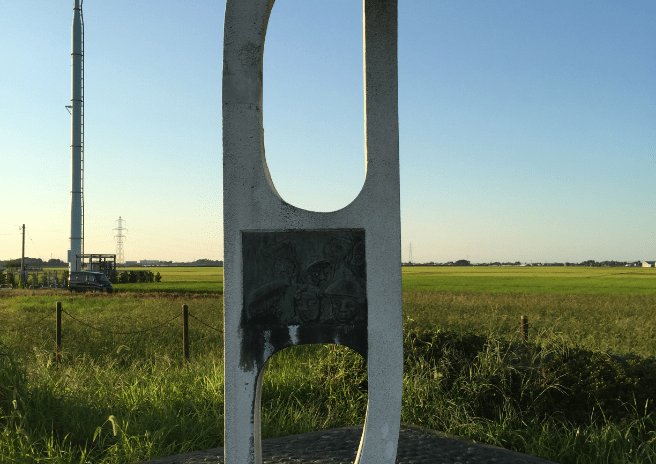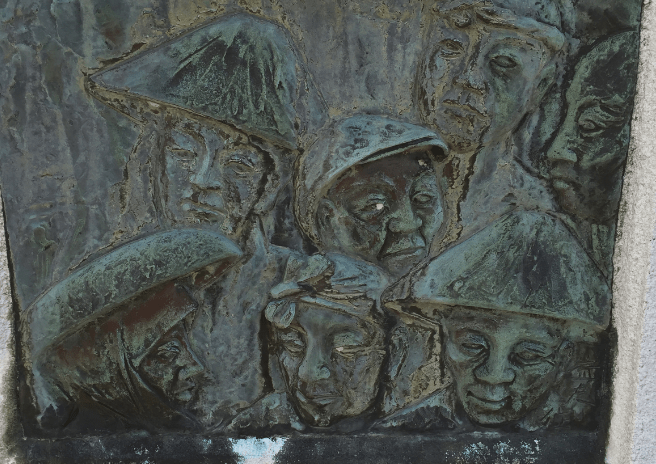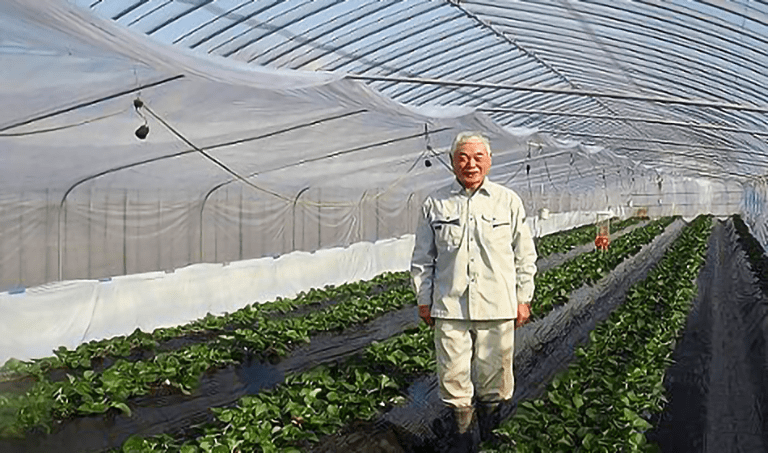Introduction
Our aims to achieve
The theme of Morohashi Yajiro Farm is “To deliver safe and delicious products to all consumers”.
Management philosophy
・To grow delicious vegetables with honesty and integrity.
・Contribute to the local community through agriculture.
・To impact to the next generation the importance of agricultural produce and living with nature.
We also consider the training of young people who want to be famers and to get farm experiences for children as an important mission and to offer farm experiences accept trainees and deliver farm experiences.
Our Specialty
We focus on thorough soil preparation for the fields.
We have been focusing on soil preparation since the concept of organic farming was still largely unknown in Japan, and have been using organic fertilizers as much as possible, thereby reducing the use of pesticides. Nutrient-rich rice bran and fiber-rich straw are mixed in, and the mixture is changed and improved every year. Mixing the straw is hard work and labor-intensive, but both fruits and vegetables grow surprisingly well. The taste and shelf life are very different from crops grown hydroponically.
Our area’s oldest history
Introduction of Morohashi Yajiro farm
The area where Yajiro Farm is located is in the centre of a large plain (approximately 11 km square, 10,000 ha) called “Kameda-go”, which is marshy lowland surrounded by the Shinano river, Agano river and Ko Agano Rivers. Ruins have been excavated in this area where our farm is located has the oldest history of all the villages in Kameda-go, with many ruins from the Japanese historical period called the "Jomon era”, Azuchi-Momoyama and Edo era, showing traces of people's lives from ancient times.
However, “Kameda-go” is surrounded by rivers and the zero-meter area below sea level occupies two-thirds of its land, so rather than rice paddies, the people of the time called them 'ashi numa (swamps)' or 'lakes not shown on maps'. In those days, farmers used boats to plant and harvest rice while waist-deep in the cold water, but because the rice grew floating like water plants, they were not able to obtain a satisfactory harvest. In some years, when the sea is rough, seawater flows back up the river and rots the rice, and in some years the harvest is unsatisfactory, the farmers still struggle to grow rice to get food for survival.
To improve this situation, large-scale drainage works and land improvement projects were carried out over a long period from 1868 and finally in 1957, “Kameda-go” was declared a dry-field area. Then, as a result of the shift away from boat farming, and the possibility of farming by machine, the whole area of “Kameda-go” was transformed into dry and beautiful rice paddies, then agricultural production improved dramatically. Today, the area has transformed into one of the best breadbasket areas in Japan, and the fertile soil is used to produce vegetables and fruits in addition to rice, and the rich countryside views are now green in summer and golden carpets in autumn can be seen everywhere. The current farmland area of “Kameda-go” is approximately 4,800 ha, which 4,100 ha are paddy fields, producing approximately 30,000 tons of rice annually, mainly Koshihikari Japanese rice.“Kameda-go” has also been selected as one of the 100 best sosui areas*.
* The 100 canal (Hydrophobic) sites were selected in 2006 by the Ministry of Agriculture, Forestry and Fisheries (MAFF) Japan and the Secretariat of the “Sosui Hyakusen (100 canal sites)”. “Sosui” refers to the construction of waterways through newly cleared land for irrigation and boat transport, and the selection of representative canals that have supported agriculture in Japan is aimed at conveying and maintaining the "water, soil and countryside" (greenery) provided by the canals to future generations. The aim of the project is to pass on and maintain the "water, soil and countryside (greenery)” provided by the water to future generations.
(Reference : http://www.kamedagou.jp/koho/099-extra/sosui.html)
※References:
・History of Konan-ku : 港南区の歴史 新潟市江南区
・History of “Kameda-go” : 亀田郷 - Wikipedia


Our farm
About Morohashi Yajiro farm
The owner of the Morohashi Yajiro farm is the sixth generation, MOROHASHI Yasuei (81 years old), who has been awarded the Medal of Merit with Green and White Ribbon for his contribution to agriculture (he has been farming for more than 60 years). Yasuei is constantly challenging himself to further develop the land in “Kameda-go”, which his ancestors have been protecting for generations, and to continue to stick to the cultivation of the soil, producing rice, strawberries, vegetables, and other processed products such as rice cakes and pickles. The farm has been featured in various media, and the former US Embassy in Japan, Ambassador Kennedy tried our strawberries and the labour ministers visited to our farm while the G20 labour ministers' meeting held in Niigata-city in 2008.
The farm's house, which is also the home of the owner, is more than 100 years old and has been designated as a Tangible Cultural Property by the Agency for Cultural Affairs, Japan.
■Number of Employees
3 employees
6 part-time workers
3-5 volunteers and trainees
■Land under cultivation
Paddy rice field: 6 ha
Edamame beans field: 1.2 ha
Strawberry greenhouse: 8 houses
Other vegetables field: 2 ha
